Lonjsko Polje Nature Park Sees 50% more Visitors
ZAGREB, Oct 21, 2020 - Lonjsko Polje Nature Park this year had about 50% more visitors than last year, which is a result of increased communication activities, but also of people turning to nature and spending time outdoors, the director of Lonjsko Polje Nature Park, Marija Kusmis, said.
"We have adapted quickly and systematically to the new circumstances and people have recognized that, and although we opened the Park two months later than usual this year, in May, we had twice as many individual visitors than last year, 5,300 of them," Kusmis said in a press release on Tuesday.
A new way of managing visits to the Park has been introduced, she says, and after kindergartens, schools, and groups of pensioners canceled their visits, communication was shifted to families with children, nature lovers, and all those who like an active lifestyle and nature.
"All employees and visitors have been adhering to the measures and recommendations by epidemiologists, and thanks to the nice weather in these autumn days, we believe that the number of visitors will grow further, especially in the 'Week of Vacation', when we reduced ticket prices by 50%," Kusmis said.
She said that they had increased their tourist offer and that they now managed the boat Juran and Sofija, which sailed along the Kupa River in Sisak, and boats and canoes in the eco-ethno village Strug were available, as well as professional guides.
Some of the attractions she mentioned also include visiting the village Krapje, where people and Lonjsko Polje coexist, bird-watching in the ornithological reserve Krapje Djol, and traditional cattle grazing in Repusnicko Polje field.
For the latest travel info, bookmark our main travel info article, which is updated daily.
Read the Croatian Travel Update in your language - now available in 24 languages
8 PHOTOS: Finalists For Croatian Tree Of The Year 2020
October 8, 2020 - The competition to find Croatian Tree Of The Year 2020 has begun. Here we look at pictures of the candidates in all their glory
The start of October saw details released of the candidates for Croatian Tree Of The Year 2020. The winner will be chosen by public vote. Many different kinds of tree have been chosen for Croatian Tree Of The Year 2020 and this year's finalists come from all over Croatia. They range in age considerably – one of them is a relatively young sapling, whereas another is more than 1500 years old.
All of the candidates for Croatian Tree Of The Year 2020 are on public display. None are hidden faraway within private grounds. You can visit each and every one of them in person. But, you might not have time to race around the whole of Croatia to check them out before voting closes. So, here are pictures of all the contenders for Croatian Tree Of The Year 2020. Details on how to vote at the bottom of the page.
© Općina Visoko
Impresivni Gorostas (Impressive Giant) is an Austrian oak situated in Visoko, Varaždin County. At over 300 years old, he is aged enough to have lent his name to the small settlement that grew up around him. Struck recently by lightning, he is still impressive.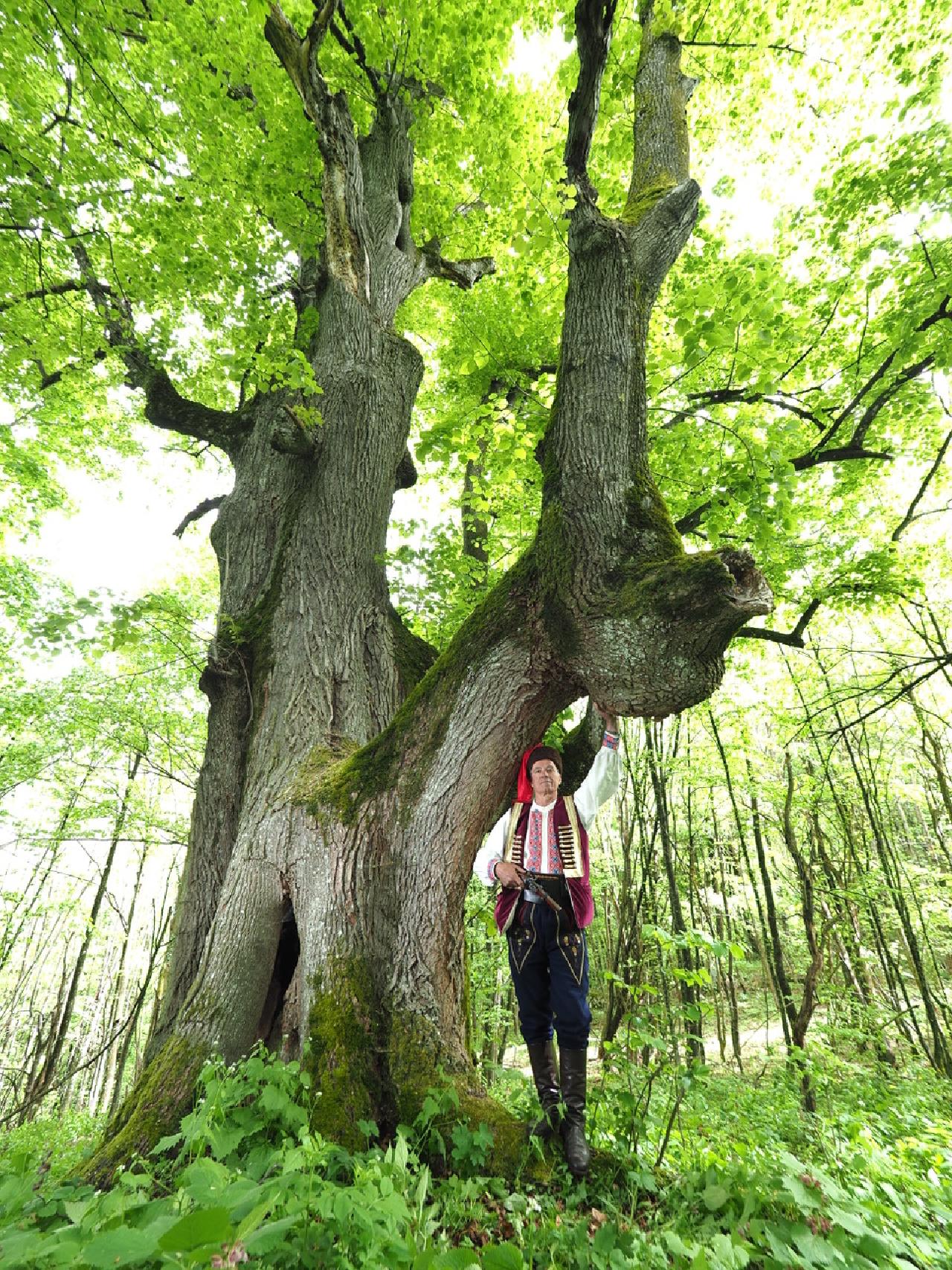 © Zagreb County Tourist Board
© Zagreb County Tourist Board
Uskočka lipa na Žumberku is a large-leafed Linden tree located in the Žumberak Nature Park, in the hills of Samobor. Uskoči comes from the Croatian word uskočiti, meaning to 'jump in'. Uskoči were bands of men not always under the direct control of governing forces in Croatia, but who nevertheless fought against the Turks. Bandits, paramilitaries, if you will. They are more associated with Dalmatia, particularly life in the Dinaric Alps, from where they would launch guerilla raids on the Turkish. Often made up of refugees from Bosnia, Hercegovina and parts of Croatia under Turkish rule, the Uskoči of Žumberak are credited with a fierce defence of the locale and prevention of Turkish encroachment to the west. © Hrvoje Krivošić
© Hrvoje Krivošić
Lepa Lipa (Beautiful Linden) is a large-leafed Linden tree that can be found in the village of Slum, Istria County. The tree sits next to a small church and local children have played beneath its branches for longer than anyone can remember – the tree is older than 500 years.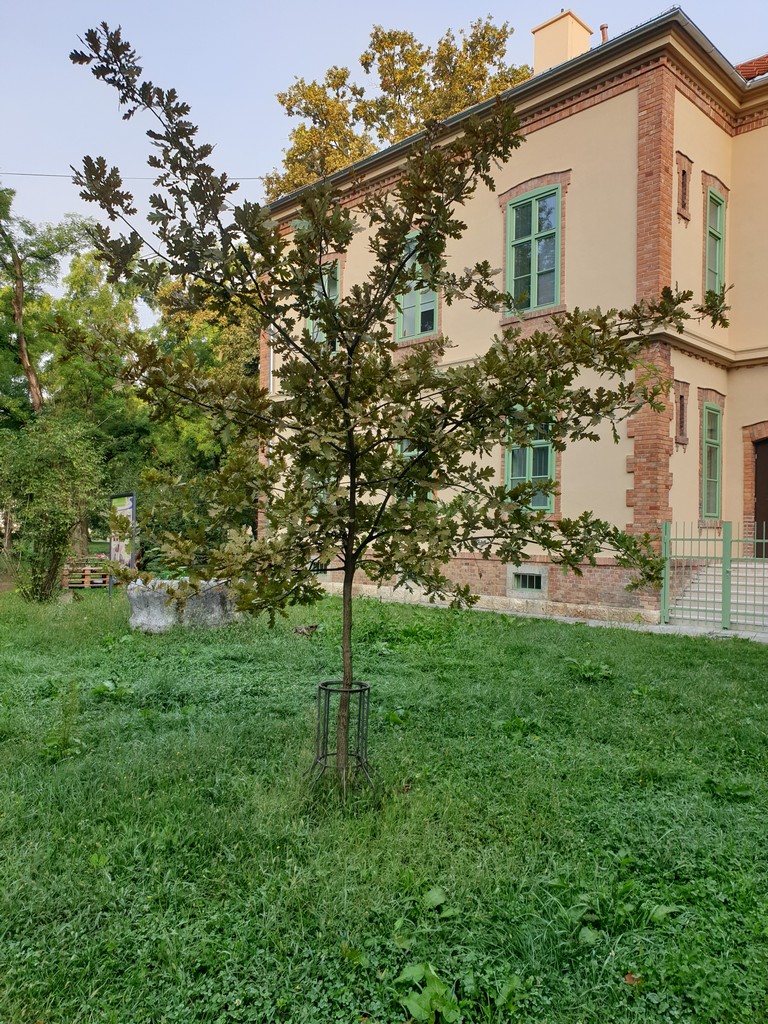 © arhive JU zastita prirode SMZ
© arhive JU zastita prirode SMZ
Žirko is an oak tree from the city of Sisak in Sisak-Moslavina County. The smallest and youngest entrant to Croatian Tree Of The Year 2020, Žirko is actually a clone of a tree called Julius that lived on the same site for over 300 years. Standing 31 metres high, with a trunk of 446 centimetres and with a huge 36-metre expanse of branch circumference, Julius was sadly felled by a storm in 2014. Žirko continues his legacy.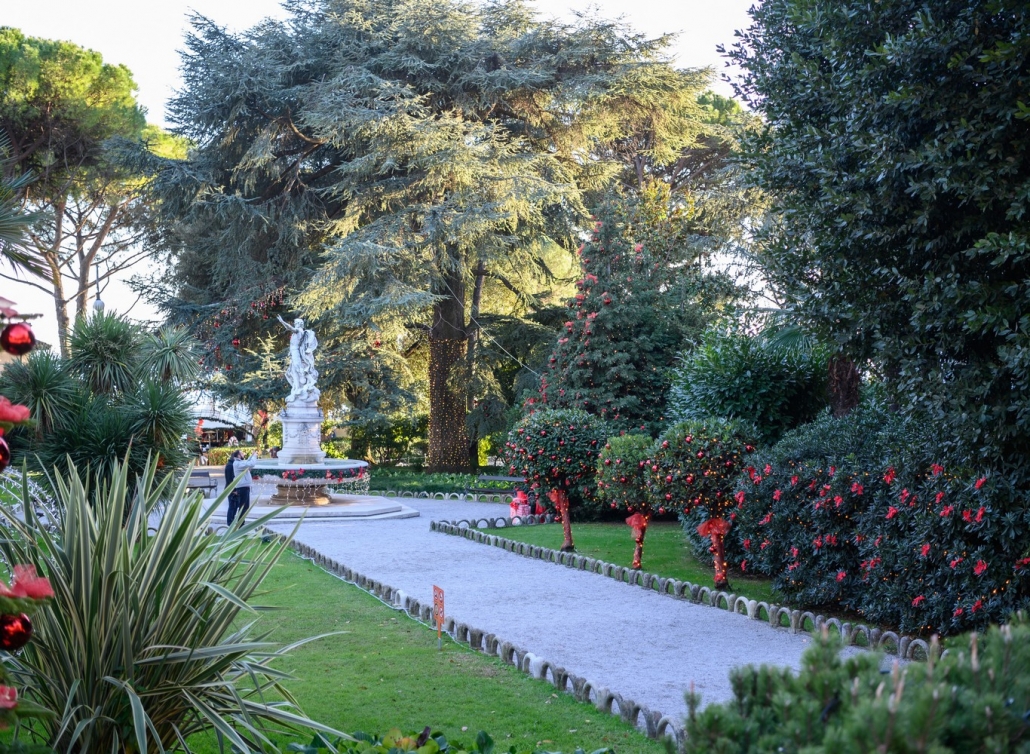 © Foto Luigi Opatija
© Foto Luigi Opatija
Cedar in the Park of Newlyweds is an Atlas Cedar from Opatija in Primorje-Gorski Kotar County. Standing in the Park of St. Jakov since 1886, newly married couples would exit the church next door and often be pictured under the tree. This type of pine is so-called because it is native to the Atlas Mountains of Morocco, to the Rif, and to the Tell Atlas in Algeria.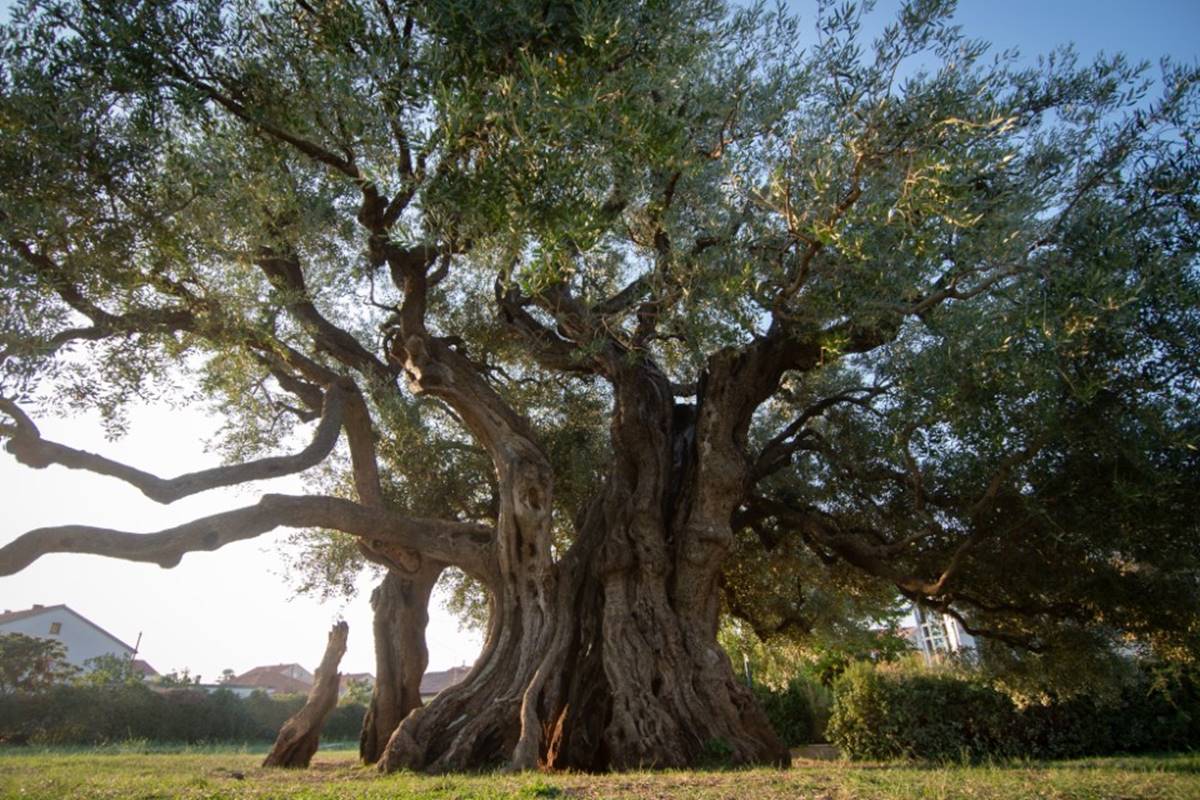 © Ivana Topic
© Ivana Topic
Baka Maslina (Grandmother's olive tree) grows in Kaštel Štafilić, Split-Dalmatia County. At over 1500 years, this grand dame is the oldest tree in the selection and has an incredible 130 m2 canopy. © Sonja Barbara Bader
© Sonja Barbara Bader
Najstarija Medulinka (the oldest lady in Medulin) can be found in Istria County. She shelters a public square in the village of Medulin and much merriment has taken place at gatherings beneath her branches. In English, this type of tree is sometimes called European nettle tree, Mediterranean hackberry, lote tree, or honeyberry.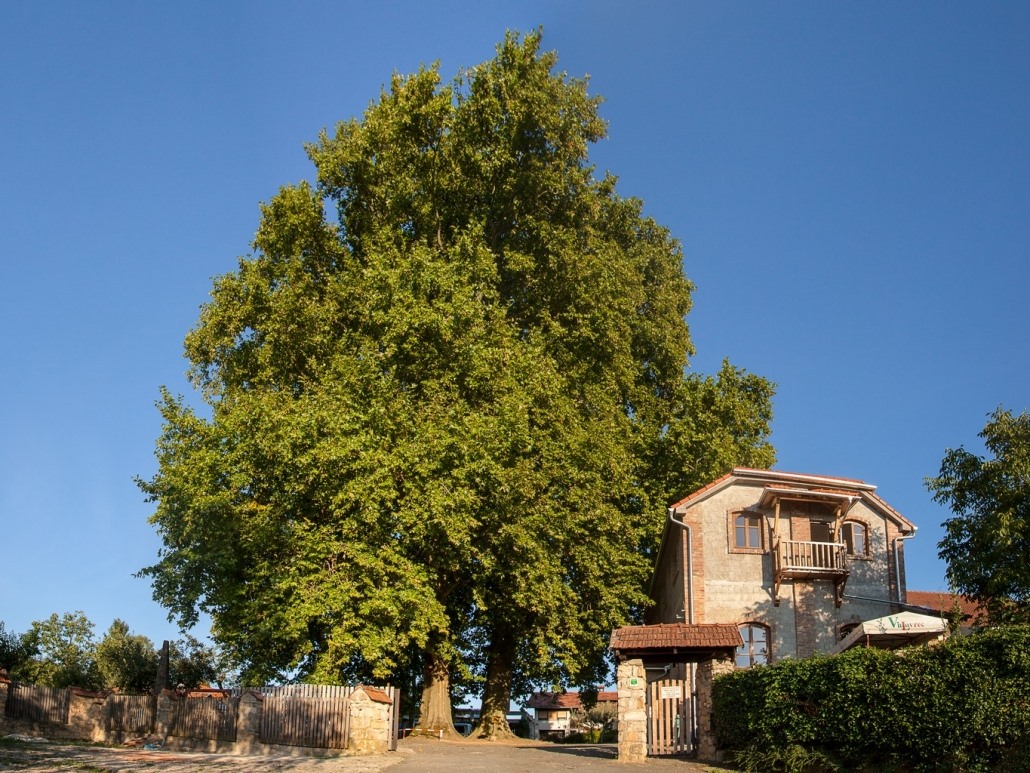 © Davorin Mance / Turistička Zajednica Međimurske Županije
© Davorin Mance / Turistička Zajednica Međimurske Županije
The northernmost dwelling of entries to Croatian Tree Of The Year 2020, this London Planetree can be found in Mursko Središće, Međimurje County, not far from the border with Slovenia. Hedging his bets, this is actually two trees that live side-by-side. It is spectacularly located atop a small hill and creates a postcard-pretty image on the skyline for many miles around.
Croatian Tree Of The Year 2020 is organised by the Public Institution for the Management of Protected Areas of Nature of Dubrovnik-Neretva County. You can vote for your favourite here. The winner will be announced on November 6 and will automatically be nominated as the Croatian entry for European Tree Of The Year 2021. Last year's Croatian Tree of the Year was the 242-year-old Ginkgo biloba tree that stands in front of Castle Janković in Daruvar. It won second place in the European Tree Of The Year competition among 16 finalists. Last year's winner of Croatian Tree of the Year, the 242-year-old Ginkgo biloba tree that stands in front of Castle Janković in Daruvar © JU-Priroda-BBŽ
Last year's winner of Croatian Tree of the Year, the 242-year-old Ginkgo biloba tree that stands in front of Castle Janković in Daruvar © JU-Priroda-BBŽ
For the latest travel info, bookmark our main travel info article, which is updated daily.
Read the Croatian Travel Update in your language - now available in 24 languages.
A Day Trip to Biokovo, A Beautiful Nature Escape Above Makarska
September 16, 2020 - Besides the newly opened Skywalk, Biokovo Nature Park offers several reasons worth visiting. This second-highest mountain in Croatia is a paradise for all lovers of nature, sports, or simply the beautiful views that extend from its heights. If you are looking for a destination for a city break, consider a day trip to Biokovo!
Biokovo is a mountain range that separates the Adriatic from Zagora, and if you are lucky, you can see Italian Monte Gargano in nice weather. Inhabited even before the appearance of the letter, Biokovo was named after the snow whiteness, as evidenced by the fact that it is closed to visitors from mid-November until early April.
A narrow and steep mountain road leads to the top of Biokovo at 1762 m, Saint Jure, which is certainly a great challenge, not only for driving a car but also for cyclists and alpinists.
Nature
I think there is not much to talk about the natural diversity of Biokovo. It is enough to know that it is inhabited by seven different species of amphibians and about 20 species of reptiles. In addition to numerous endemic delights, the park is also home to the spotted Ratsnake, one of the most beautiful European snakes.
Given that due to the inaccessible terrain and often unfavorable climatic conditions, the fauna is still insufficiently explored, most will encounter only horses and donkeys, which you can see while grazing grass along the road.
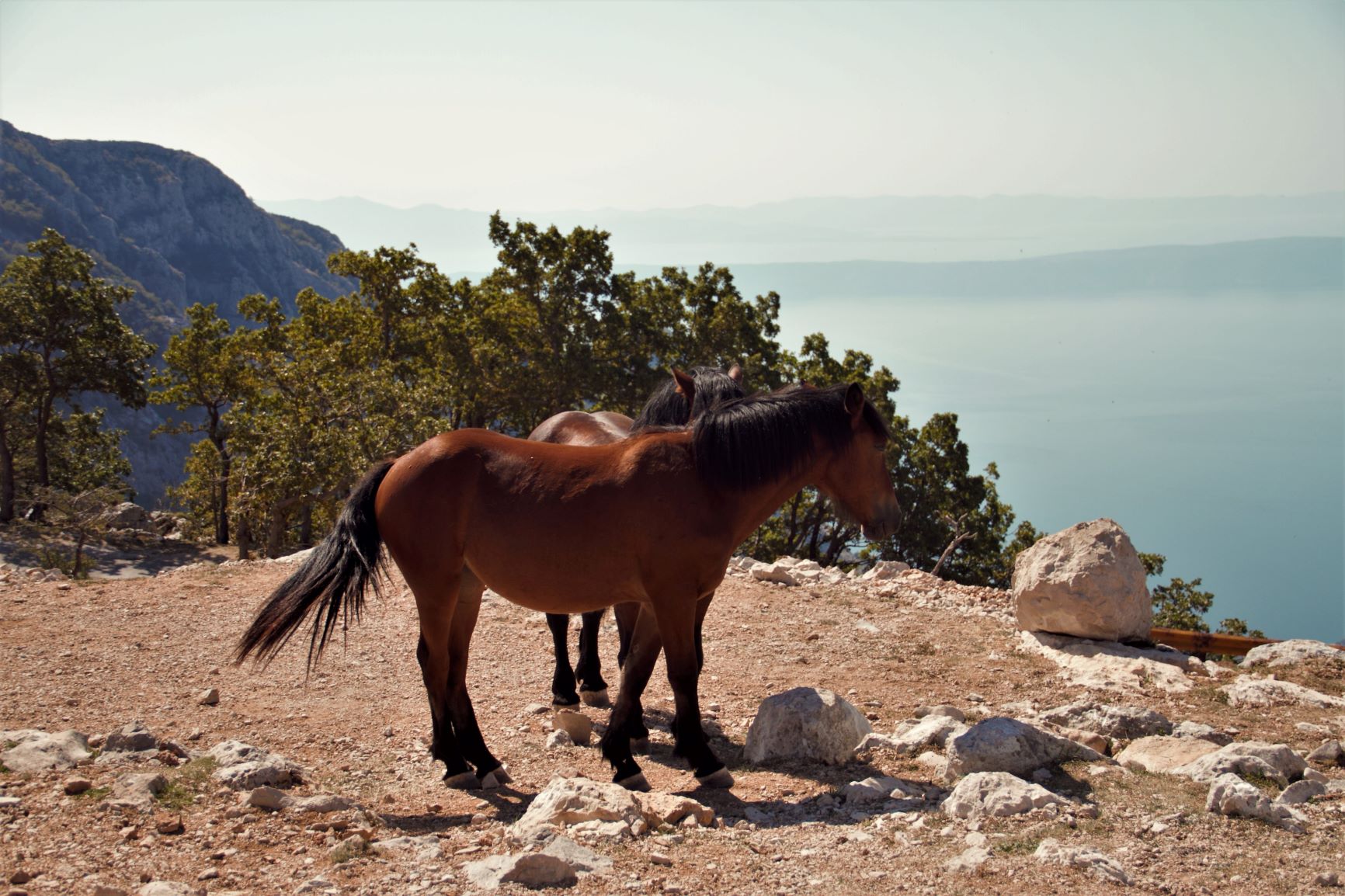

Saint Jure
If you were on Biokovo and you didn’t go to the top, it is like you weren’t even there. On the south side, there is a beautiful view of the Makarska and Dalmatian islands and on the north side of Imotski and Bosnia and Herzegovina.
Apart from breathtaking views, there is also a picturesque church of St. Jure, built-in 1968, not far from the old church demolished due to the construction of the transmitter. However, this is not the only church on the mountain. Except for the most famous one, there are 87 other churches and chapels.

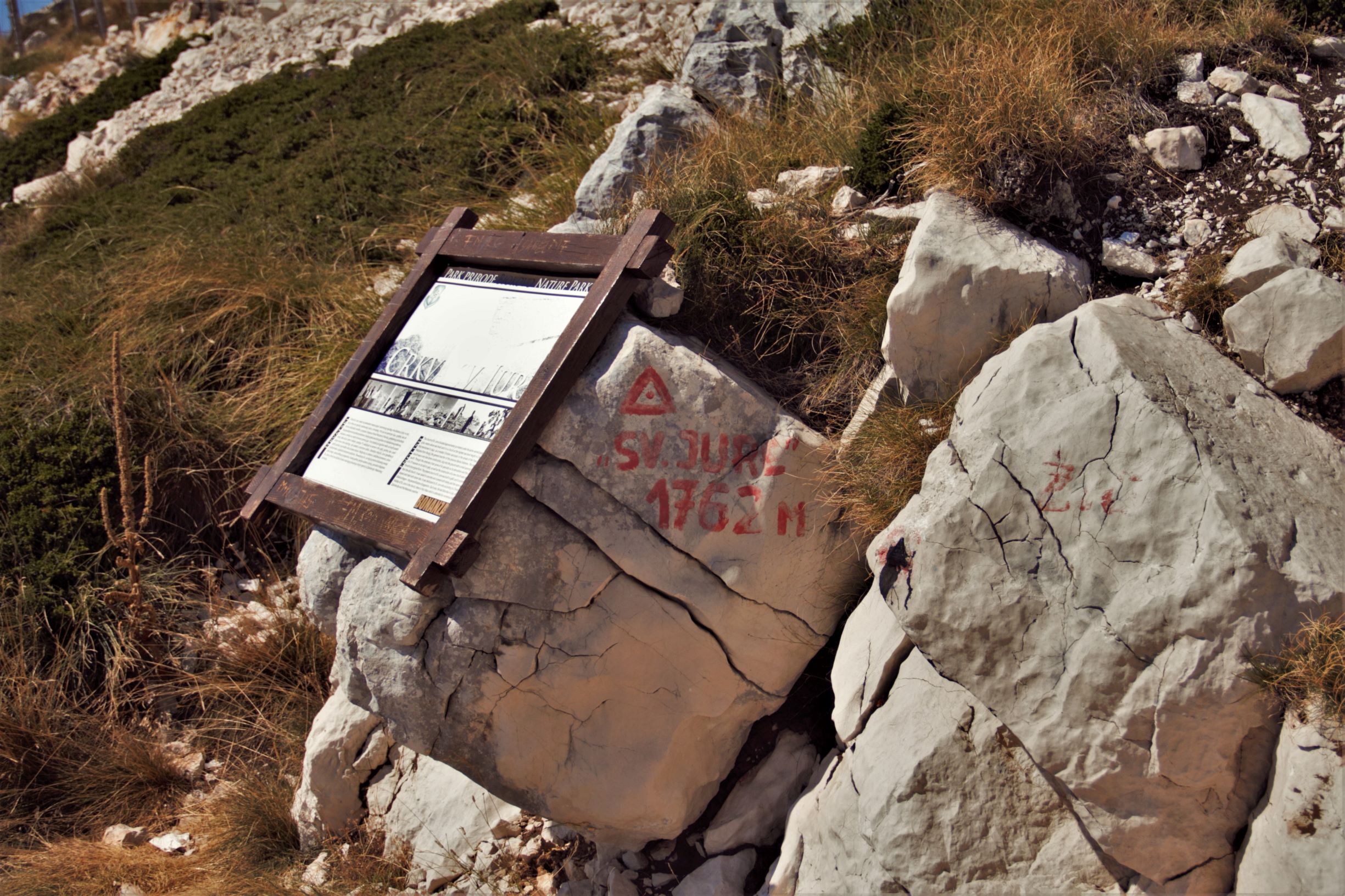
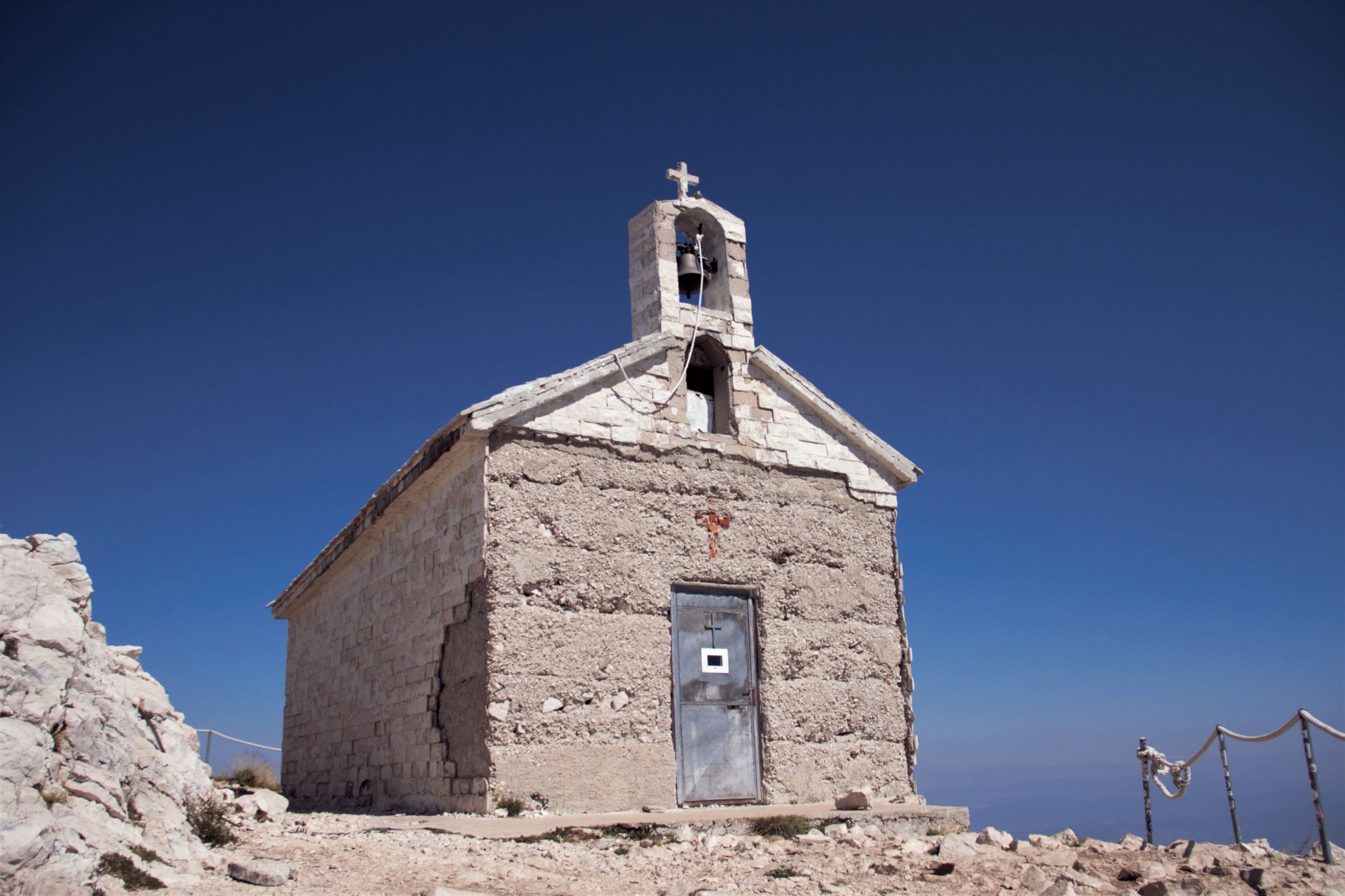
Cycling and hiking
For fans of recreational sports, such as cycling and hiking, going to Biokovo can be an active vacation, a combination of recreation and enjoyment. The oldest hiking trail to climb to the top of Sveti Jure, on the south side, leads from the village of Makar, passing the mountain lodge Vošac and the mountain lodge under Saint Jure. The trail meanders continuously, shortening the serpentines, and the higher it climbs, the narrower the trail and the shorter the serpentines.
If you are adventurous, this could be a real challenge for you!
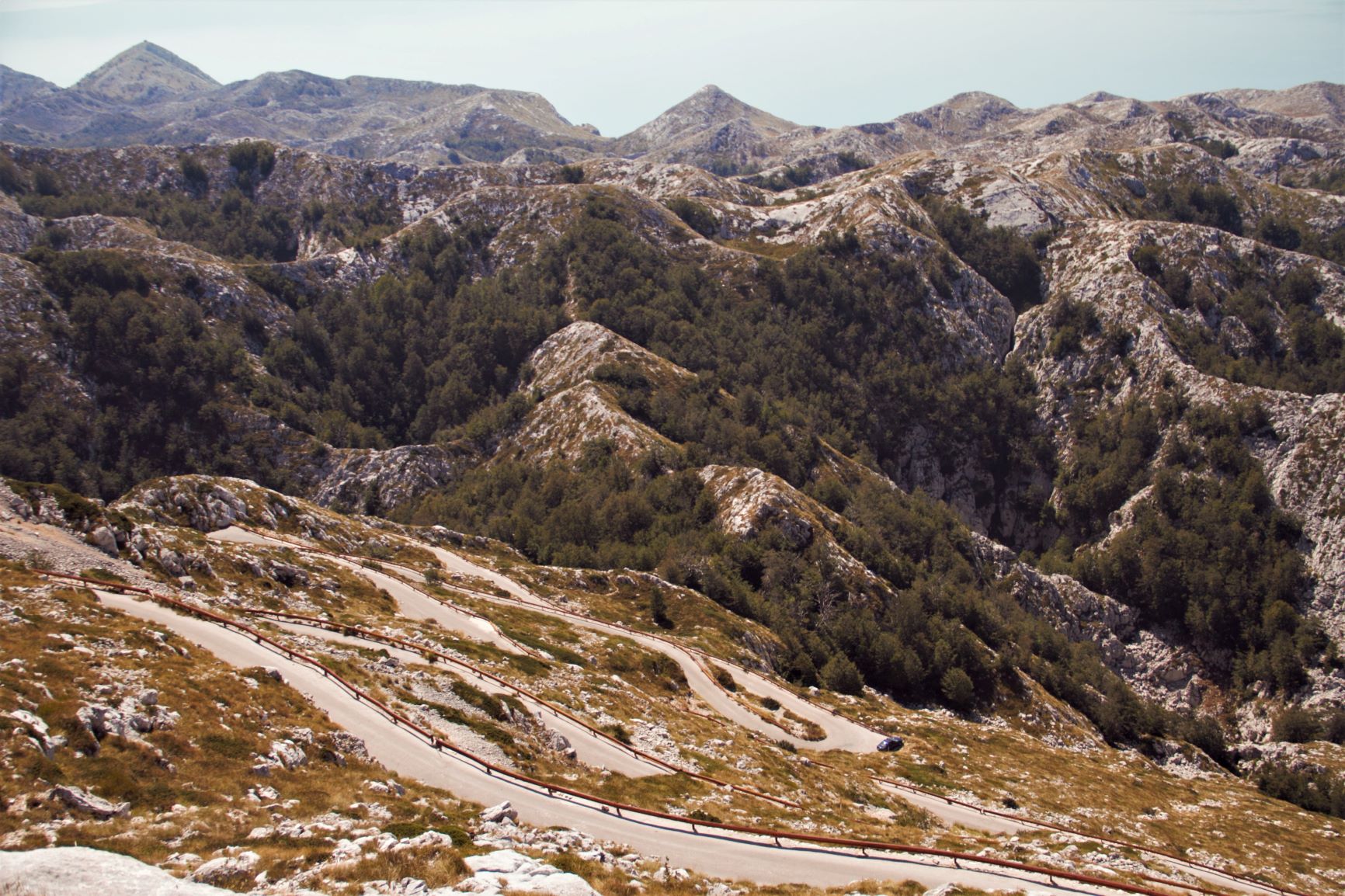
Domestic food
In the nature park, at 900 meters above sea level, in the heart of Biokovo is located a house of rural tourism, the Doors of Biokovo. You can try excellent food prepared the Dalmatian way, such as homemade prosciutto and cheese, grilled specialties, homemade 'peka,' and the like. You can also try homemade herb-brandy, known as 'travarica,' made from 48 herbs, widely known worldwide. For those who are not lovers of alcohol, there are a variety of teas.
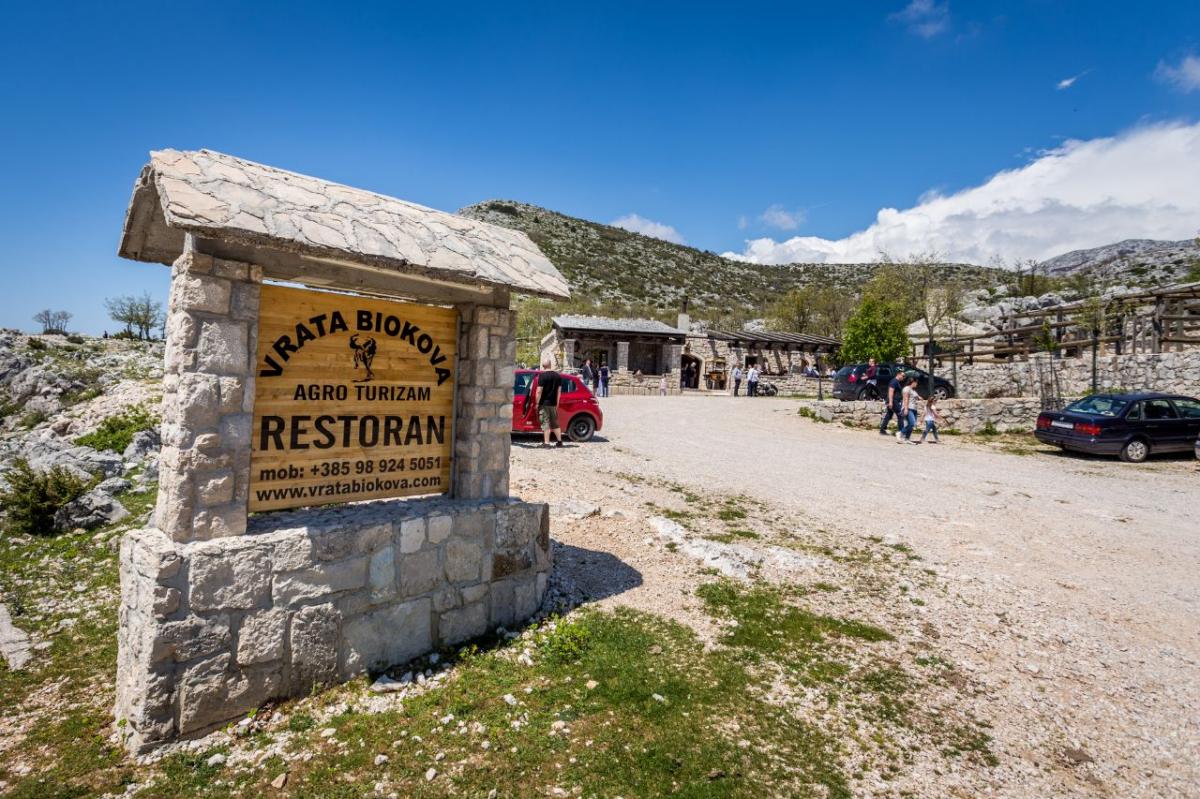

Skywalk
After opening in early July, Skywalk attracts many visitors, both domestic and foreign. You can hear exclamations of enthusiasm in various world languages, but few don't dare to take a walk. As part of the lookout, a geological column was built - a three-dimensional view of the cross-section of the rocks that formed the area of Biokovo from its inception until today with a geological table of time and a description of the age and type of rocks.
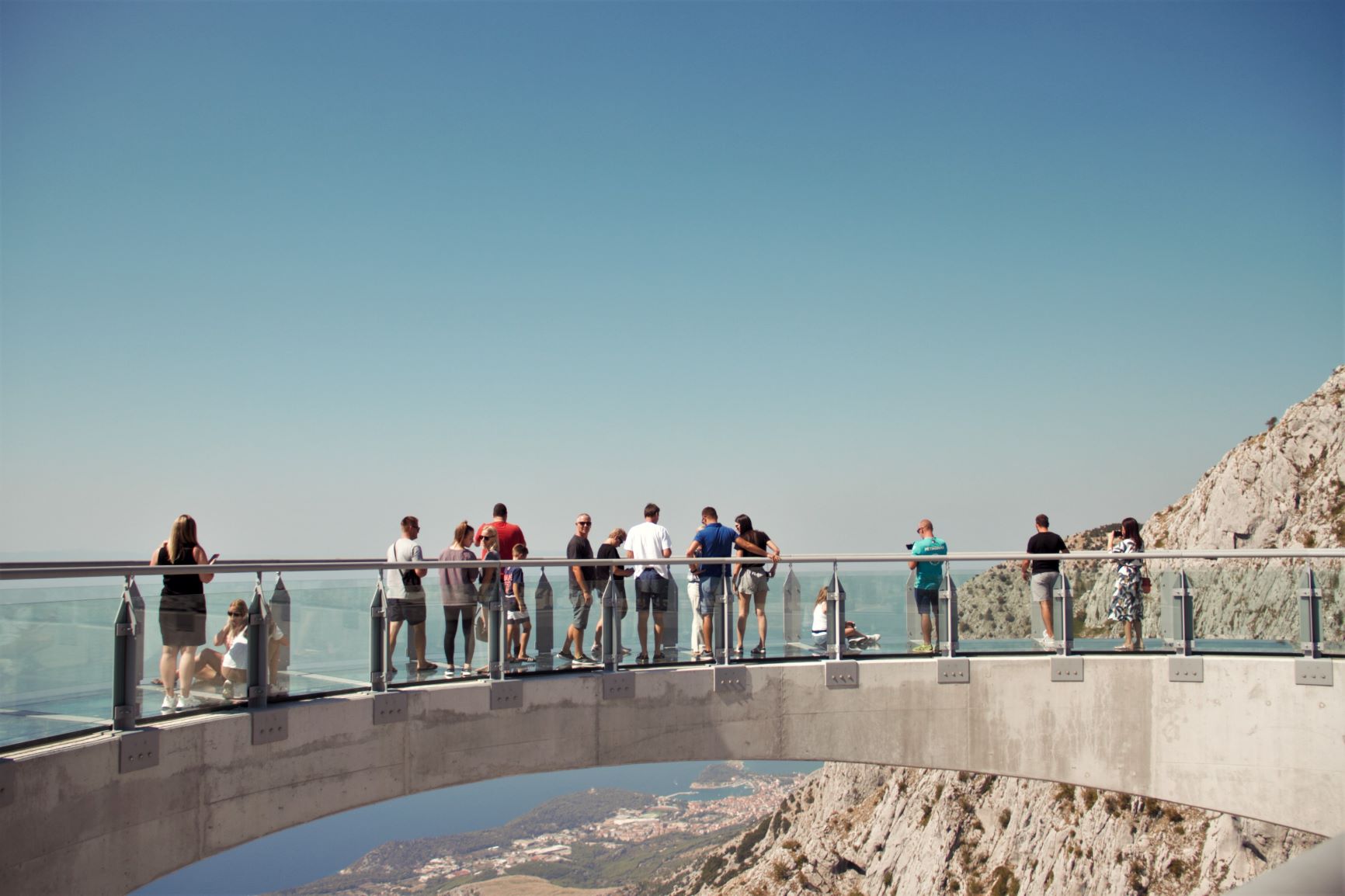
If by now you didn’t know how to spend a September Sunday, here's an idea.
All photos © Sara Alduk
For the latest travel info, bookmark our main travel info article, which is updated daily.
Read the Croatian Travel Update in your language - now available in 24 languages
Join the Total Croatia Travel INFO Viber community.
PHOTOS: Croatia's Incredible Culture And Nature - Romulić and Stojčić New Exhibition
August 25, 2020 - The award-winning artistic photography duo Romulić and Stojčić showcase their work 2011 – 2019 for free at Ulupuh Gallery, Zagreb until Monday 7 September
Mario and Dražen aka Romulić and Stojčić have been collaborating for almost 20 years. Their innovative photography is often breathtaking and shows the very best of Croatian cultural and natural heritage.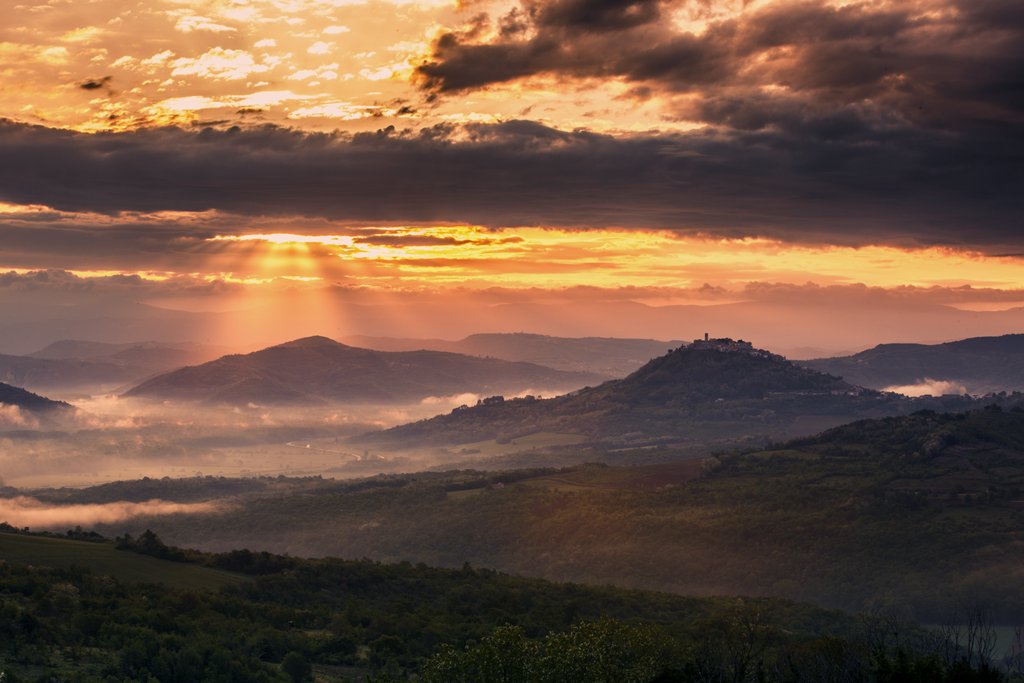
Motovun

A new exhibition, 'Interval' showcases some of their best-loved work from 2011 – 2019. Curated by Elizabeta Wagner, the exhibition opened on Tuesday 25 August and runs until Monday 7 September.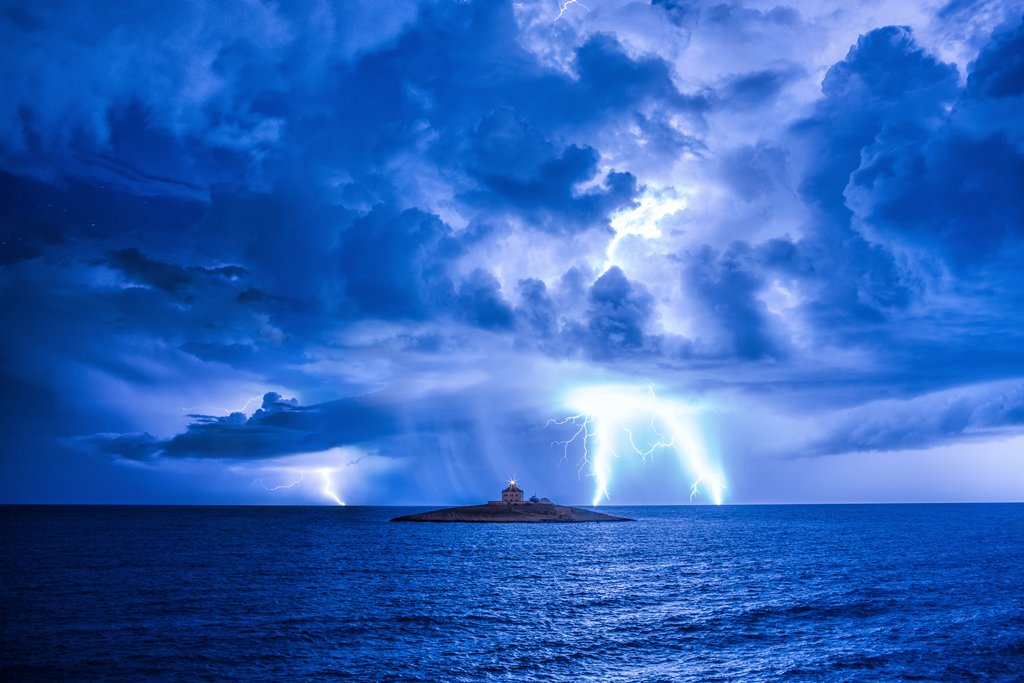
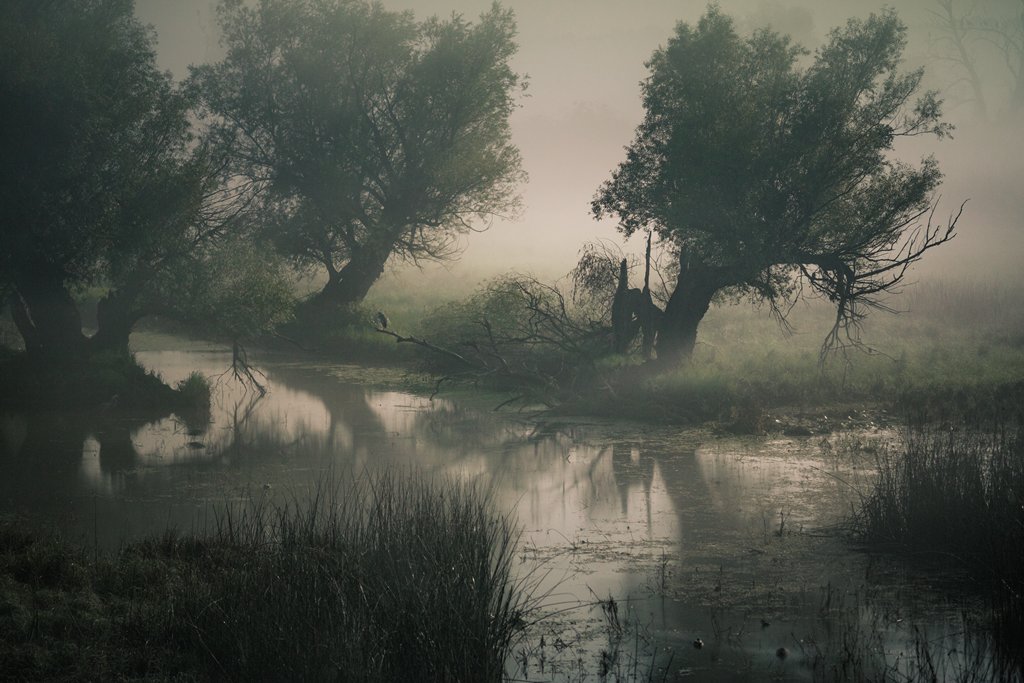
Kopački Rit
The images of Romulić and Stojčić examine the nature, landscapes, architecture and culture of Croatia. Although they embrace innovative photography techniques and contemporary multimedia modes of expression, beneath the fresh perspectives lie a palpable love of Croatia and some of its greatest assets. Wholly apolitical, their photographs can be enjoyed by all.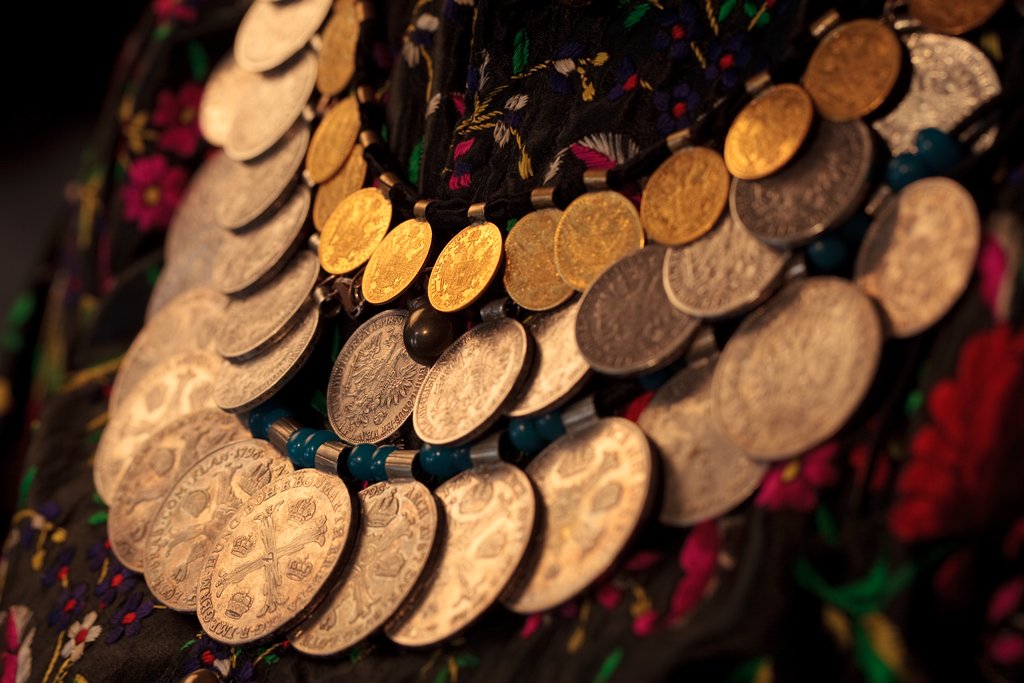
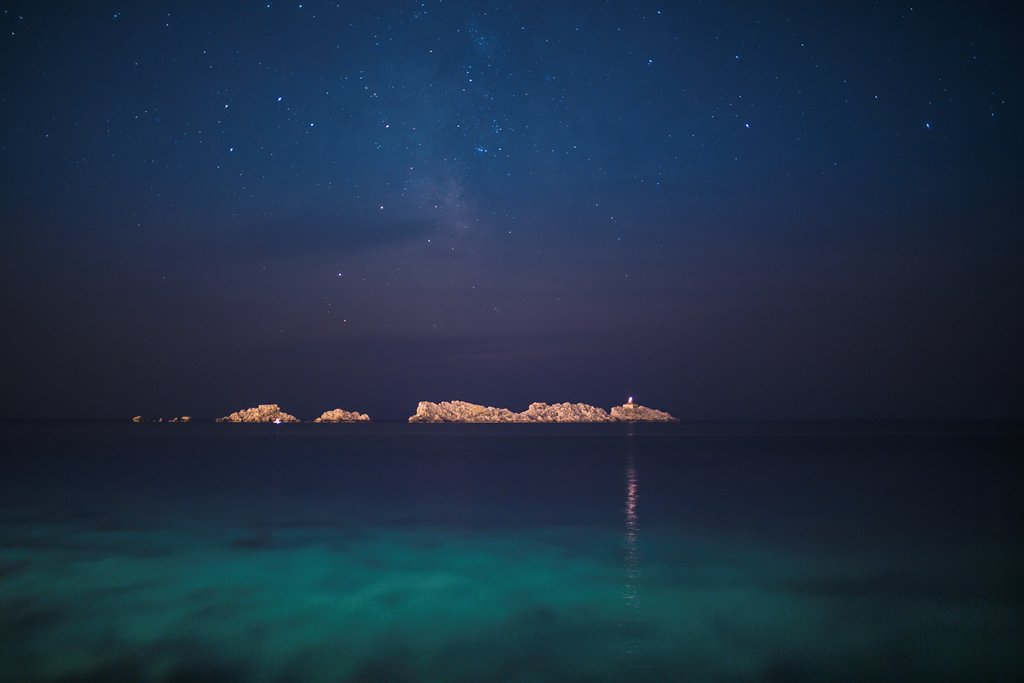
Grebeni kraj, Dubrovnik
Romulić and Stojčić were first spotted when they won first place at the Zagreb Tourist Film Festival in 2012 with the short film 'Višnjan Observatory'. One year later, they held a large international exhibition on the occasion of Croatia's accession to the European Union; 'Flash of Diversity' was exhibited in Budapest, Brussels, Rome, Linz, Moscow and Kiev.
Makarska
Their joint work as Romulić and Stojčić has appeared in about 10 books and several exhibitions in Croatia and abroad. They are also frequent collaborators with Total Croatia News – you can see one of their stunning photographs at the start of each day if you follow our Facebook page and set to 'see first'. There are few better ways of waking up than with a beautiful photograph of Croatia that will stay with you for the rest of the day.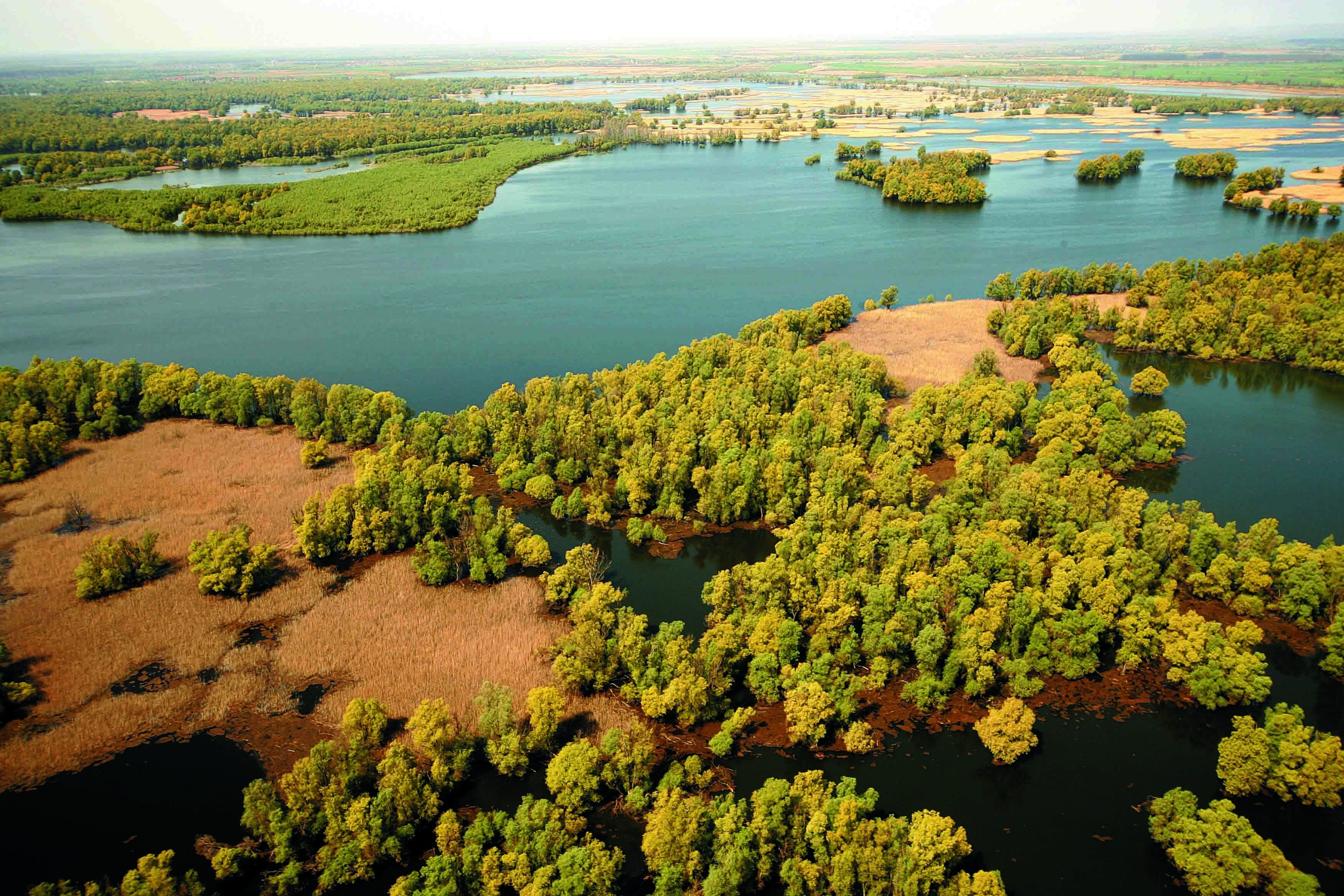
Kopački Rit
Today, Romulić & Stojčić run a successful multimedia studio that deals with professional photo and video production. They maintain a special interest in tourism and architecture and collaborate with numerous tourist boards, construction companies, architects and designers.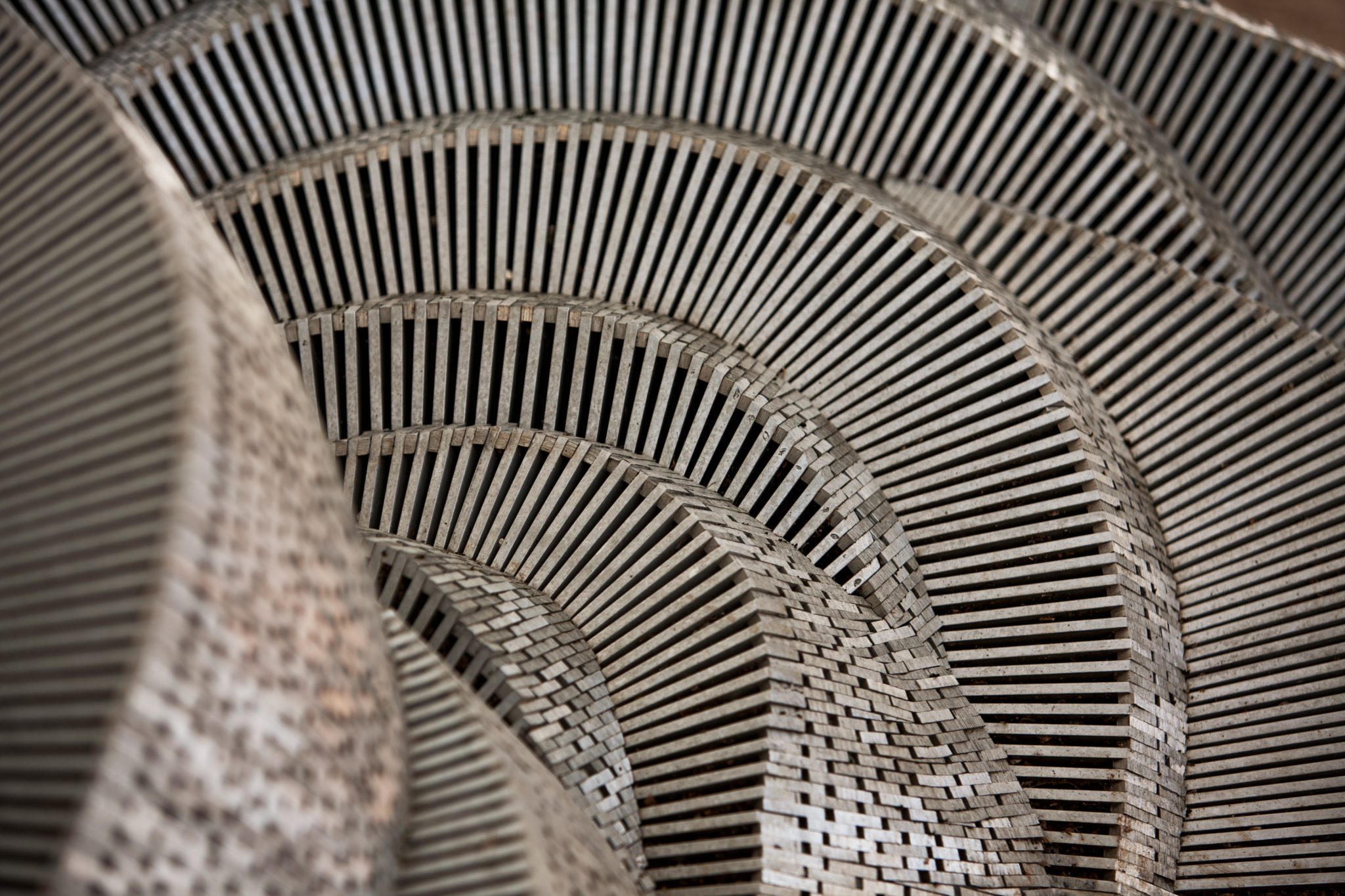
All photos © Romulić and Stojčić
Second Biospeleological Expedition Begins on Pelješac Peninsula
Pelješac is home to much more than just stunning views, golden sunsets and incredible wine, as if that wasn't enough. Home to a wide array of wildlife and many caves, this rugged peninsula in southern Dalmatia is as interesting academically as it is beautiful on the surface, and 2019 brings with it yet another biospeleological expedition of the area.
As Morski writes on the 19th of April, 2019, field research across the entire Pelješac peninsula was conducted at the end of 2018, in close cooperation with the public institution for the management of protected areas of nature of Dubrovnik-Neretva County, the Croatian Biospeleology Society and the Breganja Association. The announcement of the beginning of the second such biospeleological expedition - Pelješac 2019, has arrived, which has been being held since the 19th of April 2019 and will continue until May the 1st, 2019.
In the scope of the Pelješac expedition this year, the plans are to explore this rocky area's numerous caves and pits located along different parts of the peninsula and to obtain more detailed information on the distribution of certain groups and species living underground and within said caves. The expedition is likely to gather more than sixty researchers from around the entire region, meaning it will take on a much more international character, and will include the exploration of speleological ocations across the whole of the Pelješac peninsula.
The goals of the expedition include the detailed sampling and photographing the cave fauna as well as topography and the further exploration of newly found pits and caves.
On the two terrains that preceded the main expedition, the emphasis was placed on finding caves and pits known only in literature and by Pelješac's local population. Over twenty caves and pits of various sizes and in numerous locations were explored during the last such expedition, caves suitable for exploration to seek out any animal species living there were recorded, cave fauna was collected, and entry and exit coordinates were noted.
During this expedition, over 100 hundred known caves across the Pelješac peninsula will be explored.
Stay up to date by following our dedicated lifestyle page.
Croatia to Gain New Tourist Destination with 68 Million Kuna Project
As Poslovni Dnevnik writes on the 8th of April, 2019, the Cerovac caves are some of the most interesting geomorphological attractions nature has to offer in Croatia, and the caves were originally set up for visitors back in 1951.
The ''Cerovac caves'' centre of excellence deals with the sustainable management of natural heritage and karst underground, and this new tourist project should be able to get completely off the ground in two to three years, writes Večernji list.
The Cerovac cave project is being carried by the the Velebit Nature Park public institution (JUPP Velebit) and the project's partners, which include the Zagreb Speleological Association, Zadar County and the public institution for the protection of nature of Zadar County, Natura Jadera.
''The total value of the project stands at 68.5 million kuna, out of which approximately 53 million kuna of non-refundable money is being granted by EU funds, and the rest of the money, along with that of the project's partners, will be provided by the Ministry of Environmental Protection and Energy and the Environmental Protection Fund,'' stated the president of the Zagreb Speleological Association and historian Stipe Tutiš, who was immediately followed by architect Roman Šilje, who went on to explain the meaning behind and the ultimate goal of the whole project.
''In southeastern Velebit, in Crnopac just above Gračac, the largest natural speleological sight in the Dinaric karst, the Cerovac caves, can be found. So far, only the ipper and lower Cerovac caves were visible and accessible, but owing to the passage of time and to the Homeland War, they remained neglected. Therefore, Croatian speleologists, as the initiators of this project, have begun with all of their other partners to return to this unique karst phenomenon and give it the importance it deserves, so, back in 2010, we started with the development of this project. Five years later, the project documentation got started, which was funded by the Environmental Protection and Energy Efficiency Fund.
In October 2016, the project was submitted to the Operational Program for Competitiveness and Cohesion 2014-2020. The evaluation lasted from October 2016 to April last year, and on April the 4th, 2018, around one year ago, an agreement was signed with the Ministry of Regional Development and EU Funds,'' concluded Šilje.
Make sure to follow our dedicated lifestyle page for more information on current projects in Croatia and much more.
''Blue Bag Project'' Attracts More Than 100 Participants on Krk Beaches
Krk steps up its game in the name of the environment.
Hiking Dubrovnik's Mount Srdj - Do or Don't?
To take the cable car, or not to take the cable car? That, is the question.
Protected Sea Turtle Left on Speedboat on Ugljan Island
More than 5.000 specimens of the endangered species fall victim to fishing tools in the Adriatic each year


